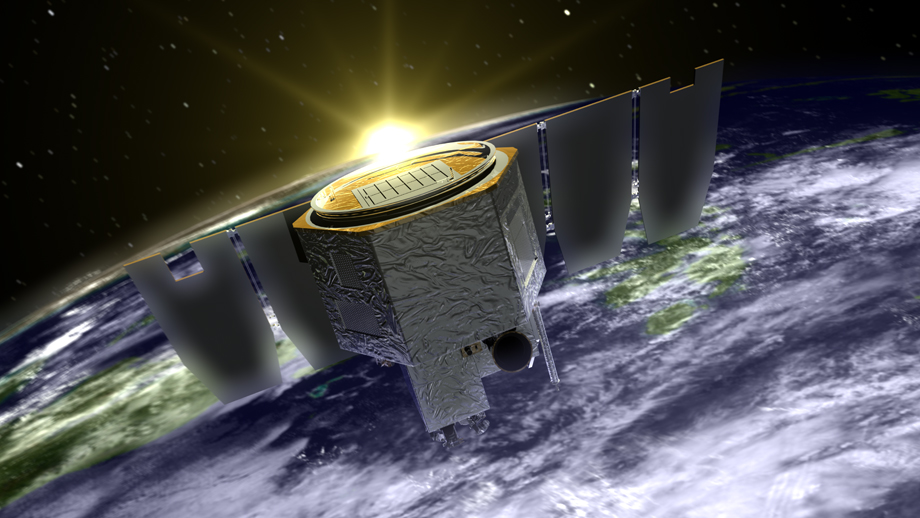NASA ends AIM mission, which lasted almost 16 years instead of 24 months

The National Aeronautics and Space Administration (NASA) is ready to terminate the mission of The Aeronomy of Ice in the Mesosphere (AIM) satellite, which has been studying the mesosphere. The spacecraft stopped responding to expert commands last week.
Here's What We Know
The satellite is not responding to NASA commands due to a battery failure. The first problems with AIM's battery were reported four years ago, but the space agency decided to continue operating the satellite.
NASA will complete the mission in a fortnight. During this period, agency specialists will continue to monitor the spacecraft in case it once again begins to show signs of life.
Overall, the AIM mission can be considered a success. The satellite was launched into polar orbit in April 2007 by the Pegasus XL rocket. It was originally expected to be in use for two years. As you can see, the mission was delayed by almost 16 years.
AIM's mission was to study silver clouds. To do so, it was equipped with a Cloud Imaging and Particle Size (CIPS) camera, the Solar Occultation For Ice Experiment (SOFIE) ice particle detection instrument and the Cosmic Dust Experiment (CDE) space dust flux intensity instrument.
Source: Engadget